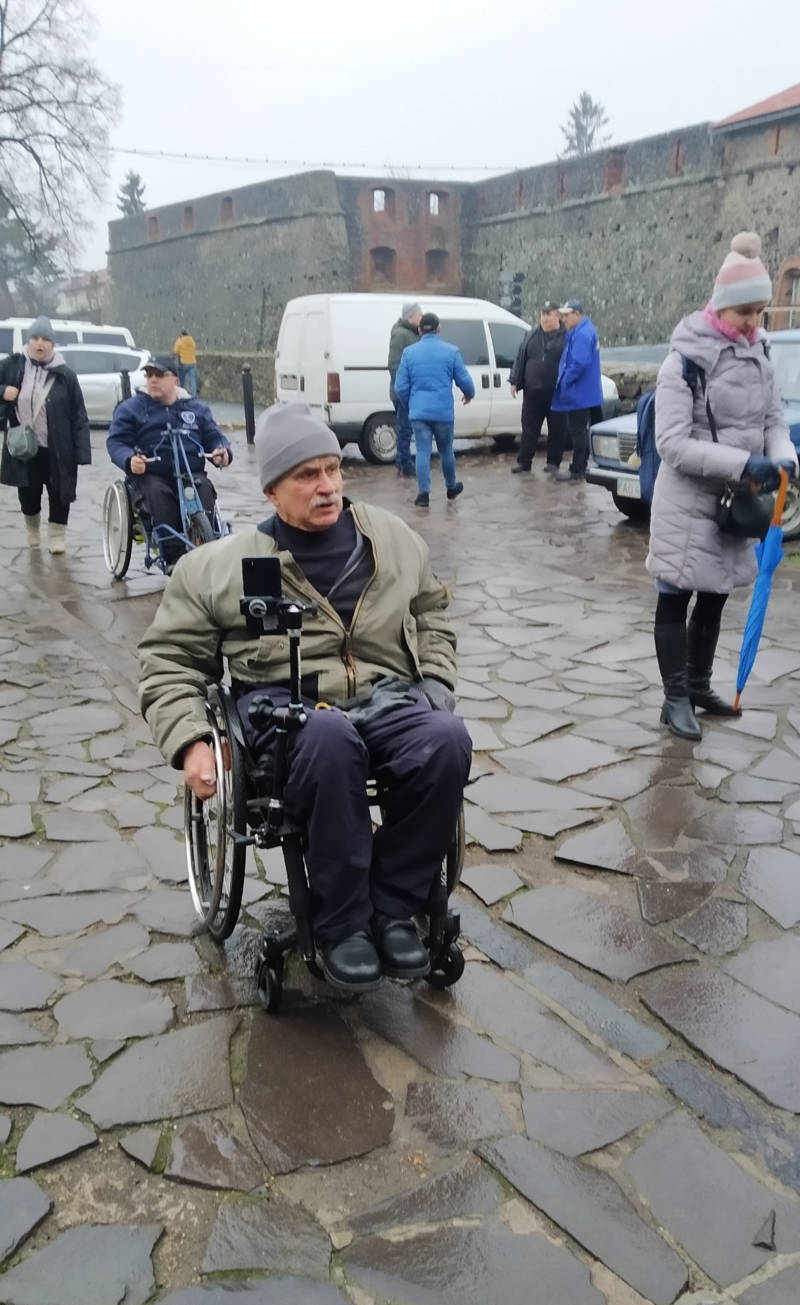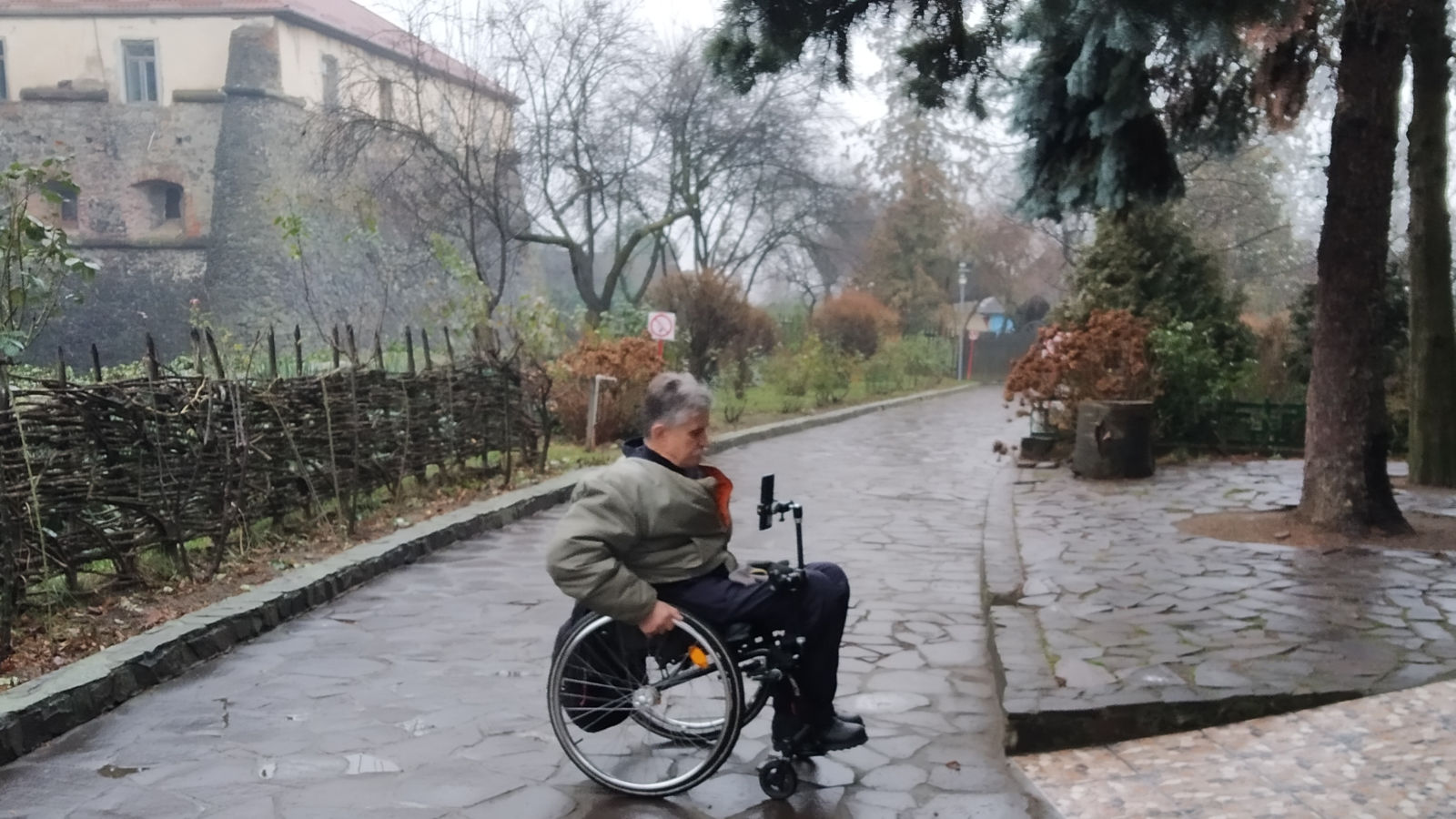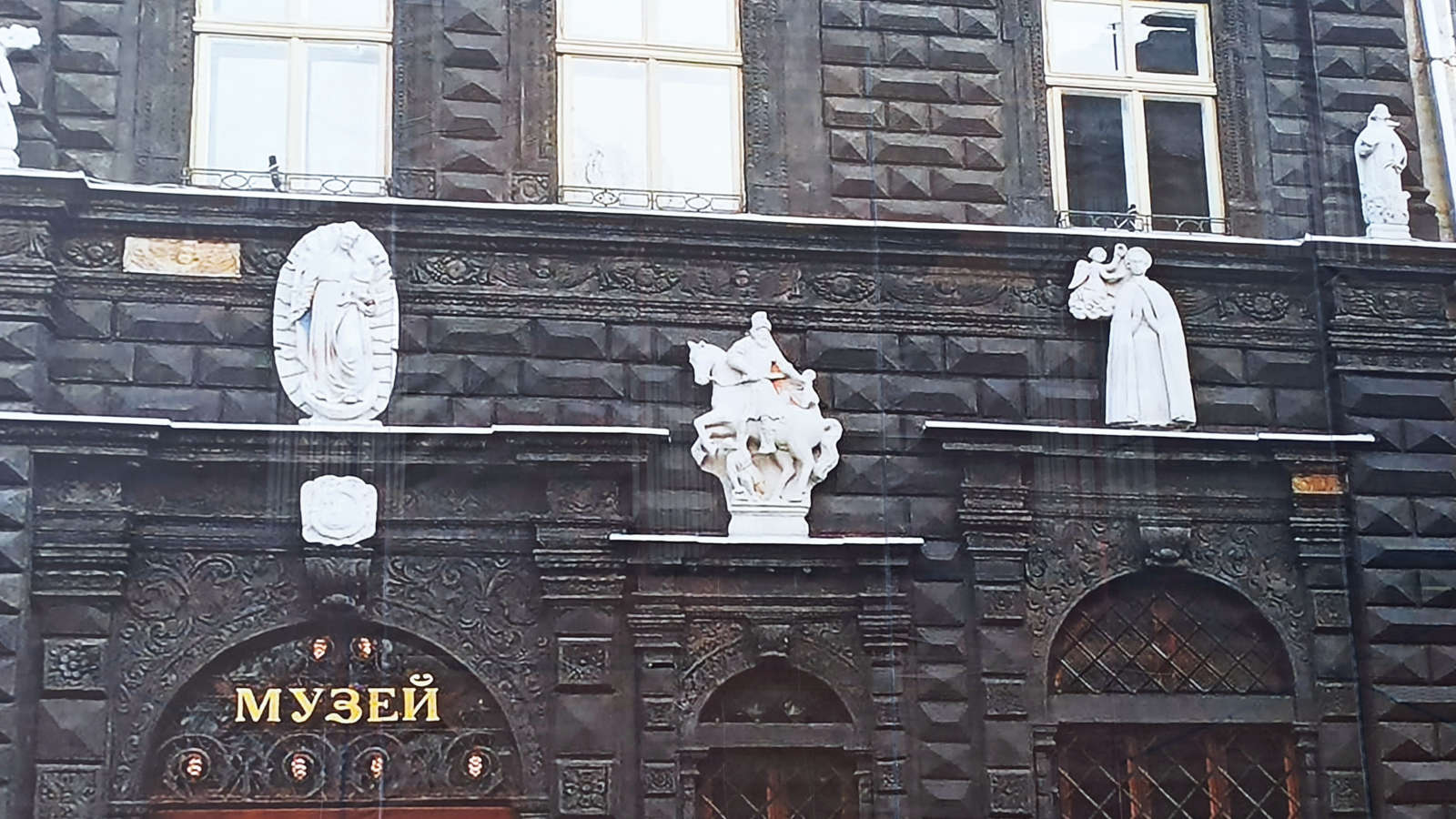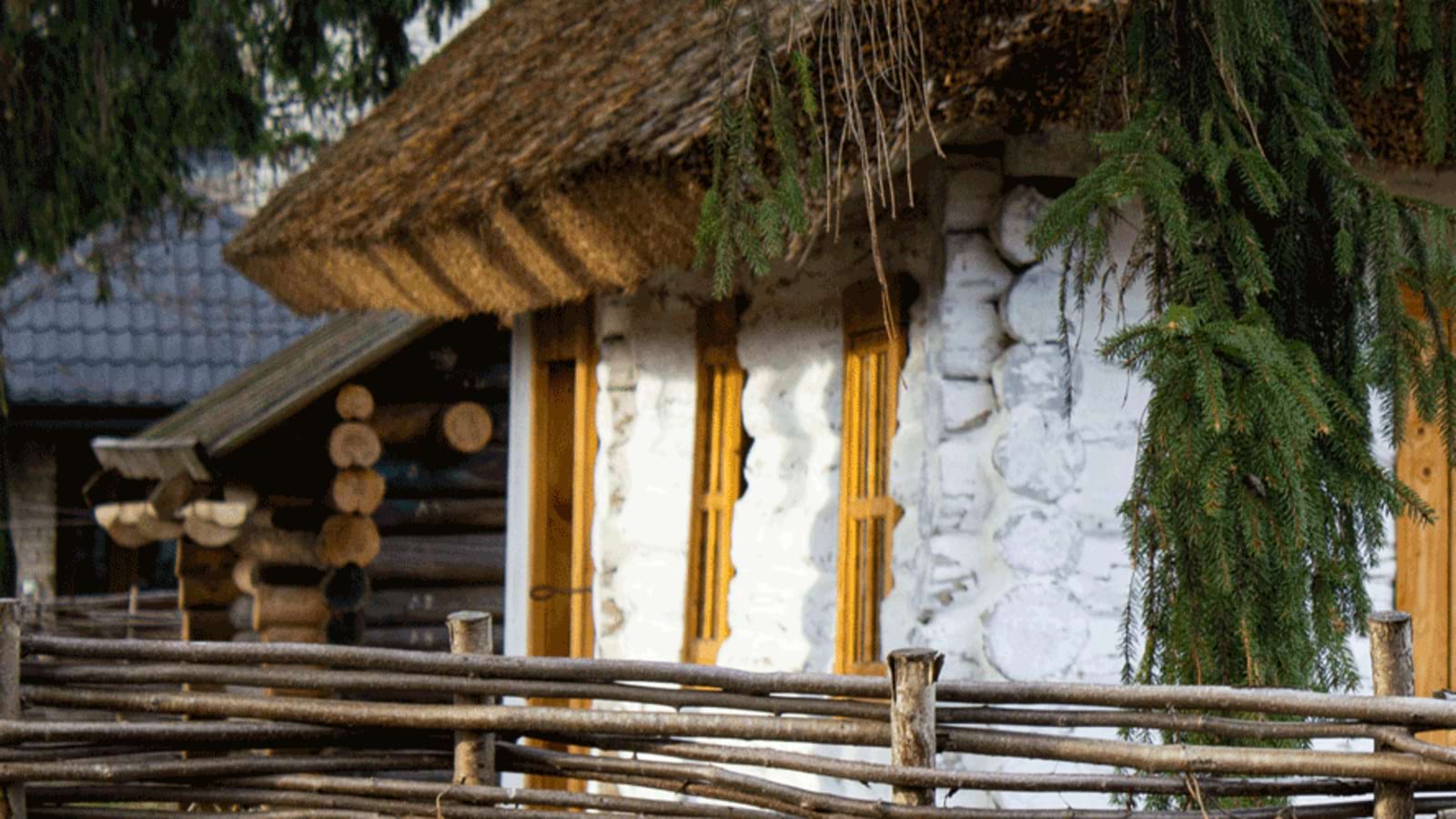A Skansen-type museum has open-air buildings that are conditionally accessible only to the visually impaired and those without mobility problems.
Moving through the museum in a wheelchair is difficult but possible if accompanied and assisted by a volunteer. Tracks are dirt roads. All exhibits can be seen only from the outside - each hut is raised high above the ground, and several steps lead to the door, which makes access for wheelchair users impossible.
In the central administrative building, you can watch a short film showing the interior of all the monuments.
The facility for Persons with Reduced Mobility (PRM) is accessible only up to the level of the 1st floor of the administrative building, which also houses several exhibition halls and a ticket office. The toilet facilities are outside, down the stairs. They are not available for Persons with Reduced Mobility (PRM).
Description

The Museum of Folk Architecture and Life has been hospitably opening its doors for more than 37 years and welcomes our compatriots and guests of Transcarpathia. All its exhibits can be seen under the open Sky: these are impressive structures of the lowland and mountainous regions of the region: Ruthenians-Valleyans, Romanians, Hungarians, Boiks, and Hutsuls. At first, they wanted to build it outside the city, near the Goryansk Rotunda, but they decided on Zamkova Gora. Feel free of the past of this area - the area where the open-air museum is located in the 19th century. It was used as a cemetery and was called a "Graveyard". The museum in the city was nicknamed the "Old Village", because when you get here, you seem to be transported to an authentic Transcarpathian village.
In general, today in the open-air museum, you can see seven manors, six residential premises, a church, a school, a Kish storehouse, a mill (laundry), a mill, a forge and other masterpieces of national heritage - in total,, more than 20 buildings of various purposes and about 14,000 different exhibits! Each of them has its own unique, unrepeatable story.
The first to appear in the open-air museum was the hut from the village of Guklyve, located in the Volovetsky district. At first, it was a dusty hut with an open hearth. In the past, the entire peasant family of Ruthenians from the valley lived in such houses.
In the museum, you can also see residential buildings built in the 18th and 20th centuries. The Boikiv huts from the village of Rekyty in Mizhhirshchyna and the village of Gusne in the Velikobereznyan district are impressive and surprising. The latter is known as "long hut" and belonged to Mykhailo Sverlovych, who worked hard at a mine in America to build a house. This house was one of the first to be moved to the museum in 1967.
Of particular interest is the townhouse - a real architectural unique! Today, this type of Hutsul closed courtyards with premises for sheep and cattle in Transcarpathia has almost not been preserved. This is the only architectural ensemble that includes a log house and farm buildings. Hutsulska grazhda comes from the village of Stebny in Rakhiv Oblast and resembles a small wooden fortress. Such places belonged to rich Hutsuls, as evidenced by the size of the yard and the luxurious interior.
The architecture of the ethnic group of Romanians living in some villages of Transcarpathia even today is represented by the hut from the village of Seredne Vodyane (Rakhiv district), and the Hungarians – the hut from the village of Vyshkovo in Khust region.
Transcarpathian interiors, which in the museum reproduce the life of Transcarpathians, have many exciting exhibits. These are ancient household utensils, handicrafts, work tools, holiday and everyday clothes, and jewelry. The water mill from the village of Kolochava (Mezhgorsk District) is also very original. Many mountain rivers and streams contributed to the spread of water mills in Transcarpathia. The museum staff made great efforts to restore this mill and start it as a technical building. You can also visit the forge from the village of Dubovoye (Tyachiv district). The ancient forge is not idle even now. It comes alive every third Saturday of the month. You can participate in a blacksmith workshop or try to make a souvenir.
Transcarpathia is known for its unique wooden churches. One of them – St. Michael's Church in the village of Uzhok – is even included in the UNESCO heritage list. Most such temples were built by unknown craftsmen "by eye", without a plan, nails, and saws, but only with the help of hands and an axe. An example of such wooden architecture can be found in the open-air museum - the church of Archangel Michael, built in the village of Shelestova in the Mukachevo region in 1777. This is the only classical Lemki temple that remained in Transcarpathia. In general, there are only two of them in Ukraine. In the 20s, it was moved to Mukachevo and from there in 1974 to the Museum of Folk Architecture and Life in Uzhhorod. The temple's central and eastern log cabins have preserved the multi-tiered, so-called tent-recessed roof form. A slender bell tower rises above the church. The roof is made of shingles - flaky oak plowshares, and the lower tier of the roof is supported by carved pillars. As with its other wooden "sisters", the brilliant author of the Shelestiv Church is unknown.
Address, contacts
Uzhhorod, st. Kapitulna, 33a


